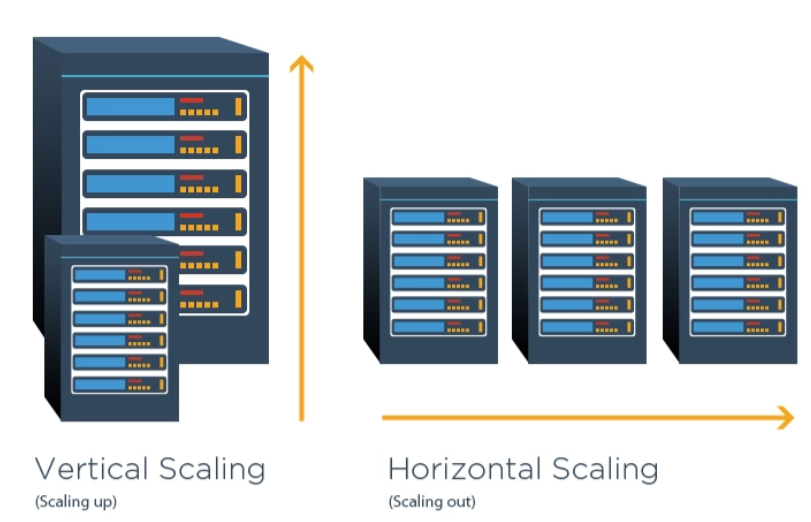
Amazon Elastic Compute Cloud (EC2) is a web service that provides resizable compute capacity in the cloud. It allows users to easily rent virtual servers, known as instances, and run applications on them. EC2 offers a wide range of instance types to cater to different workloads, making it a versatile choice for businesses of all sizes.






